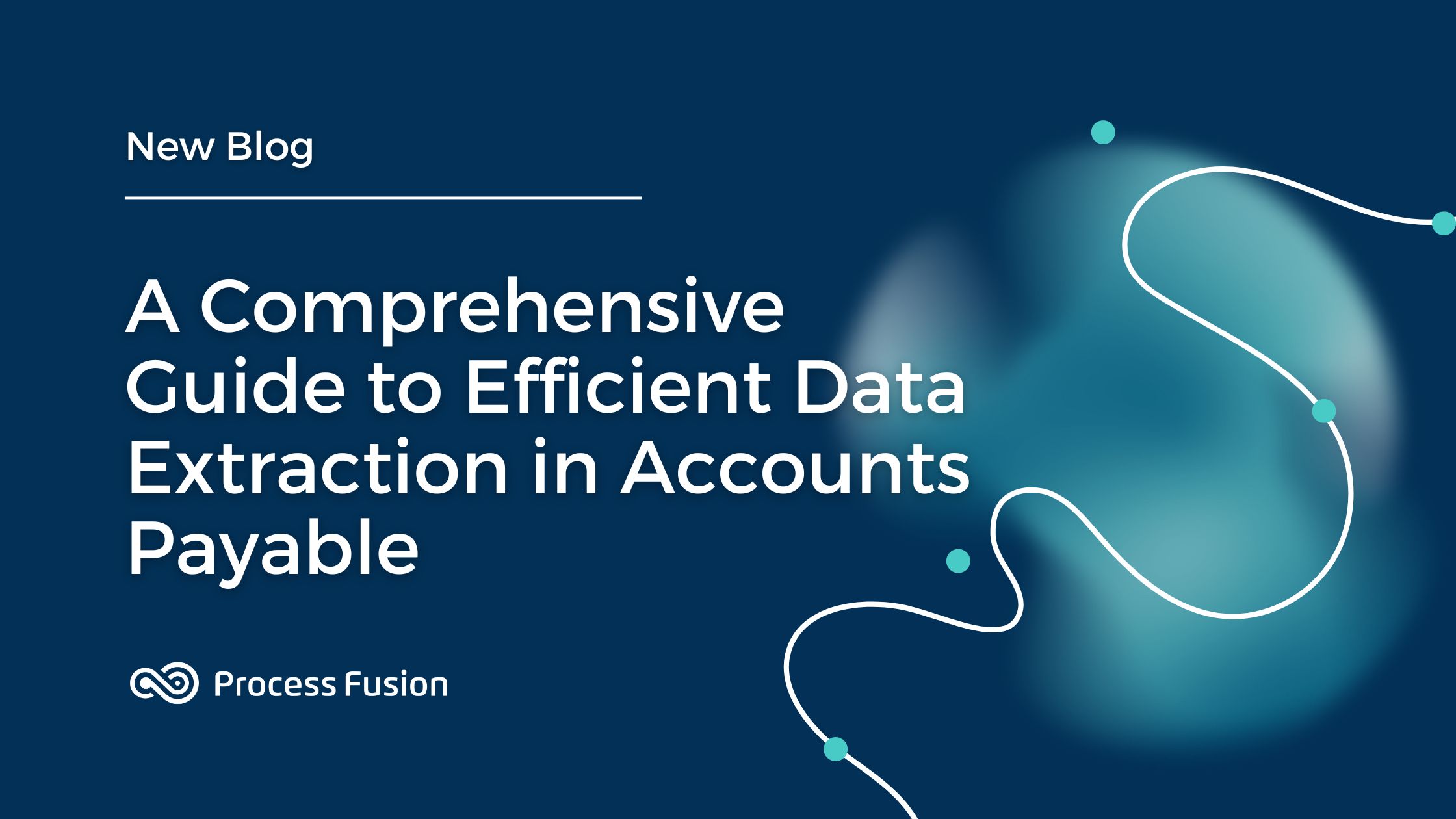
In today’s digital age, email has become an essential communication tool for all of us, whether it’s for work, staying in touch with friends and family, or receiving updates from our favorite brands. The convenience of email is undeniable – it’s fast, easy to use, and accessible from just about anywhere. But this convenience comes with a price that we often overlook: security.
Beyond mere spam or unwanted ads, email security issues can lead to serious problems like identity theft or corporate data breaches. Therefore, it’s important to understand the hidden risks of email and learn how to compare options when looking to further secure your email communication.
Email, at its core, is a system of sending and receiving messages over a network. When you hit ‘send’, your email doesn’t travel directly to the recipient’s inbox. Instead, it goes through various servers and networks – a process that exposes your email to potential interception. This vulnerability exists because emails are typically sent in plain text format, meaning anyone who intercepts the message can read its contents. Additionally, the email protocols (SMTP, POP3, and IMAP) that were designed decades ago lack the necessary security features to protect against modern cyber threats, making emails susceptible to attacks.
Understanding email security involves differentiating ‘data at rest’ and ‘data in transit’. ‘Data at rest’ is stored data, like emails in your inbox, which can be secured through encryption and access controls. ‘Data in transit’, data moving across the internet like sent emails, requires secure channels to prevent interception. Recognizing these differences is key to understanding email vulnerabilities.
4 Common Email Security Threats
Phishing
Phishing is a common email threat that involves tricking recipients into revealing sensitive information through seemingly legitimate emails. For instance, an email imitating your bank may ask for your login details.
Malware
Malware is another significant threat that uses email attachments or links to deliver malicious software. An email might contain an infected PDF that, when opened, installs malware on your system.
Man-in-the-middle attacks
This type of attack can occur when a cybercriminal intercepts email communication, reading or altering the message content unnoticed. This usually happens during an insecure Wi-Fi connection.
Account Hijacking
Lastly, account hijacking involves unauthorized access to your email account, often through stolen credentials. Once in, attackers can send emails on your behalf, perpetuating scams or spreading malware.
Why Traditional Email Security Measures May Not Be Enough
By analyzing these common threats, we understand that traditional email security measures, such as spam filters and antivirus software, have their limitations. While they can catch known threats, they often struggle with new, unknown ones. Spam filters, for instance, may not block a well-crafted phishing email that doesn’t trigger their detection rules. Similarly, antivirus software can only detect malware it’s programmed to recognize, and sophisticated attacks may exploit these limitations. Additionally, advanced phishing attacks can mimic legitimate emails so convincingly that they pass through spam filters, reaching the intended victim and posing a significant risk.
Also Read: Breaking Barriers – Enabling Seamless Remote Work With Technology
How to Enhance Your Email Security
Enhancing your email security involves several proactive steps. Firstly, start by using strong, unique passwords for each of your email accounts, reducing the risk of account hijacking. Secondly, implement two-factor authentication, adding an extra layer of security by requiring a second form of verification. Thirdly, encrypt your emails to protect them from being read if intercepted during transmission. Always be cautious of suspicious emails and attachments; don’t click on links or download files from unknown sources. Lastly, ensure your software and security systems are regularly updated, as these updates often include patches for known vulnerabilities that could be exploited by cybercriminals.
The Future of Email Security
Emerging technologies and practices are continually reshaping the landscape of email security. SecureMail from Process Fusion offers a robust solution for protecting sensitive information transmitted via email. It provides end-to-end encryption and a one-time verification code that is sent to your email or phone, ensuring that only the intended recipient can access the email content. Additionally, it includes features for secure large file transfer, policy-based encryption, and real-time tracking of email and attachments. These advancements are crucial in the fight against increasingly sophisticated cyber threats, offering enhanced protection where traditional measures may fall short.
However, technology alone cannot fully secure our email communications. User awareness and education play a significant role in enhancing email security. Even with the most advanced security measures in place, human error or ignorance can create vulnerabilities. Therefore, it’s crucial to educate users about potential email threats and safe online practices. By combining cutting-edge technology with informed users, we can create a more secure digital communication environment.
In conclusion, while email remains a prevalent and convenient communication tool, it’s crucial to understand its potential security vulnerabilities. As we look to the future, we see the promise of emerging technologies like SecureMail and the crucial role of user awareness and education.
Understanding and addressing email security risks is not just a technical issue but a societal one, affecting individuals and organizations alike. By taking proactive measures and developing a digital mindset, you can protect your sensitive information and ensure safer email communication.






